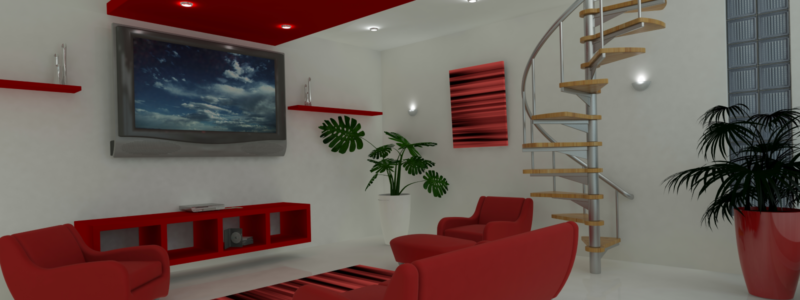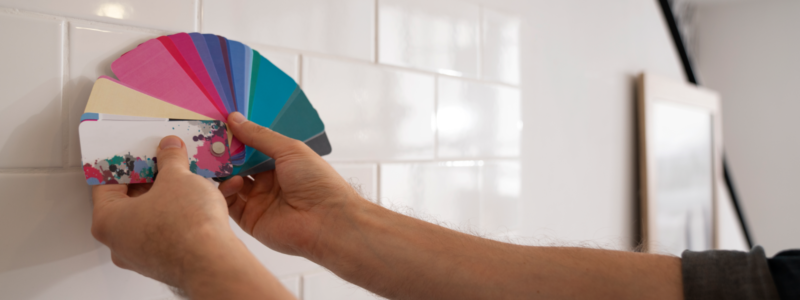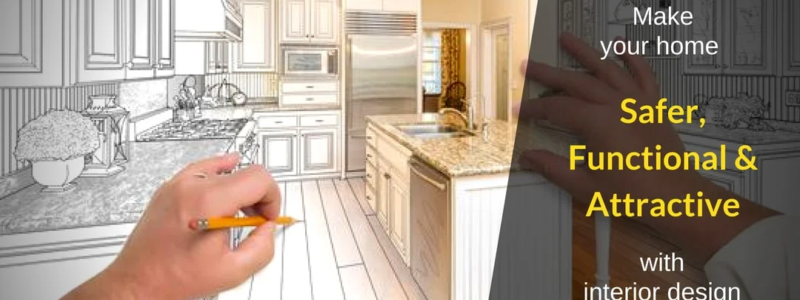How Can Minimalist Interior Design Create Calm, Clutter-Free Homes?
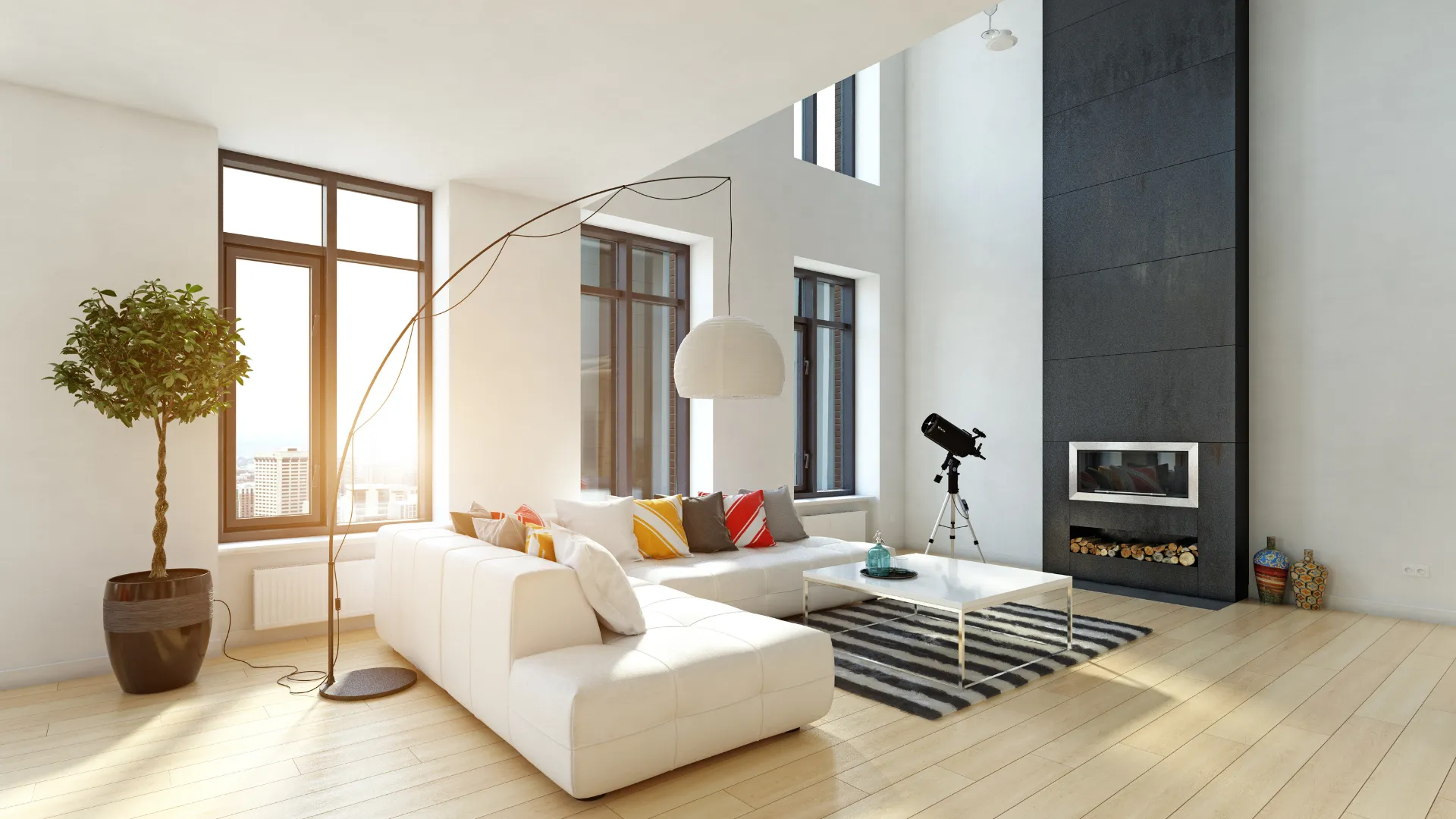
Minimalist interior design is more than just a style—it’s a lifestyle that embraces simplicity, functionality, and calm. By focusing on “less is more,” this approach removes unnecessary elements, allowing your home to feel open, airy, and clutter-free. Clean lines, neutral palettes, and thoughtfully chosen furniture pieces work together to create a sense of balance and tranquility.One of the key benefits of minimalism is the psychological effect it brings. A clutter-free environment reduces stress and helps you feel more in control of your space. Natural light, simple décor, and functional storage solutions enhance the sense of calm, making your home a peaceful retreat from daily chaos.At D2M interior, we specialize in designing minimalist spaces that are both beautiful and practical. From sleek furniture layouts to smart storage solutions, our goal is to craft homes that reflect serenity without compromising comfort. We ensure that every piece in your home serves a purpose while still maintaining elegance and style.
1. What Is Minimalist Interior Design?
Minimalist interior design is a style that embraces the idea of “less is more.” It focuses on creating spaces that are simple, functional, and clutter-free, while still being warm and inviting. Instead of filling rooms with excess furniture or décor, minimalism highlights essential pieces that add both purpose and beauty.
The core of minimalist design lies in clean lines, neutral color palettes, and open layouts that enhance natural light. Whites, grays, beiges, and soft earth tones are commonly used to create a calm, airy atmosphere. Furniture is sleek and practical, often with hidden storage solutions to maintain a tidy look.
Another key element of minimalism is quality over quantity. Every item in the room, from a sofa to a lamp, is carefully chosen to serve a specific function and complement the overall design. Décor is kept simple—think a single piece of artwork, a few plants, or textured fabrics that add subtle depth.
Minimalist interior design is not about making spaces look empty, but about finding balance. It creates homes that feel open, serene, and timeless, making it a popular choice for modern living.
2. The Psychological Impact of Minimalism
Clutter isn’t just a physical problem—it’s a mental one. Research suggests that clutter can increase stress, reduce productivity, and even disrupt sleep. Minimalist interiors, with their open spaces and simple designs, offer a visual sense of calm. When your environment is peaceful, your mind often follows suit.
This is why many homeowners consult professionals such as Interior Designers in Pallikaranai, who understand how design decisions directly influence mental well-being. By creating spaces with fewer distractions, natural light, and soothing colors, they design homes that act as havens of peace. The psychological benefits include:
- Less mental overload: Fewer items mean fewer distractions.
- Improved focus: Clean, open spaces enhance concentration.
- Emotional calm: A visually balanced space helps regulate emotions.
3. Decluttering: The First Step to Minimalism
Before embracing minimalist design, the first step is decluttering. This doesn’t necessarily mean getting rid of everything but rather removing items that no longer serve a purpose. Ask yourself:
- Does this item add value to my daily life?
- Does it bring me joy or meaning?
- Would my home feel calmer without it?
Decluttering creates room for what truly matters—both physically and emotionally. Once the unnecessary is gone, the design process becomes easier.
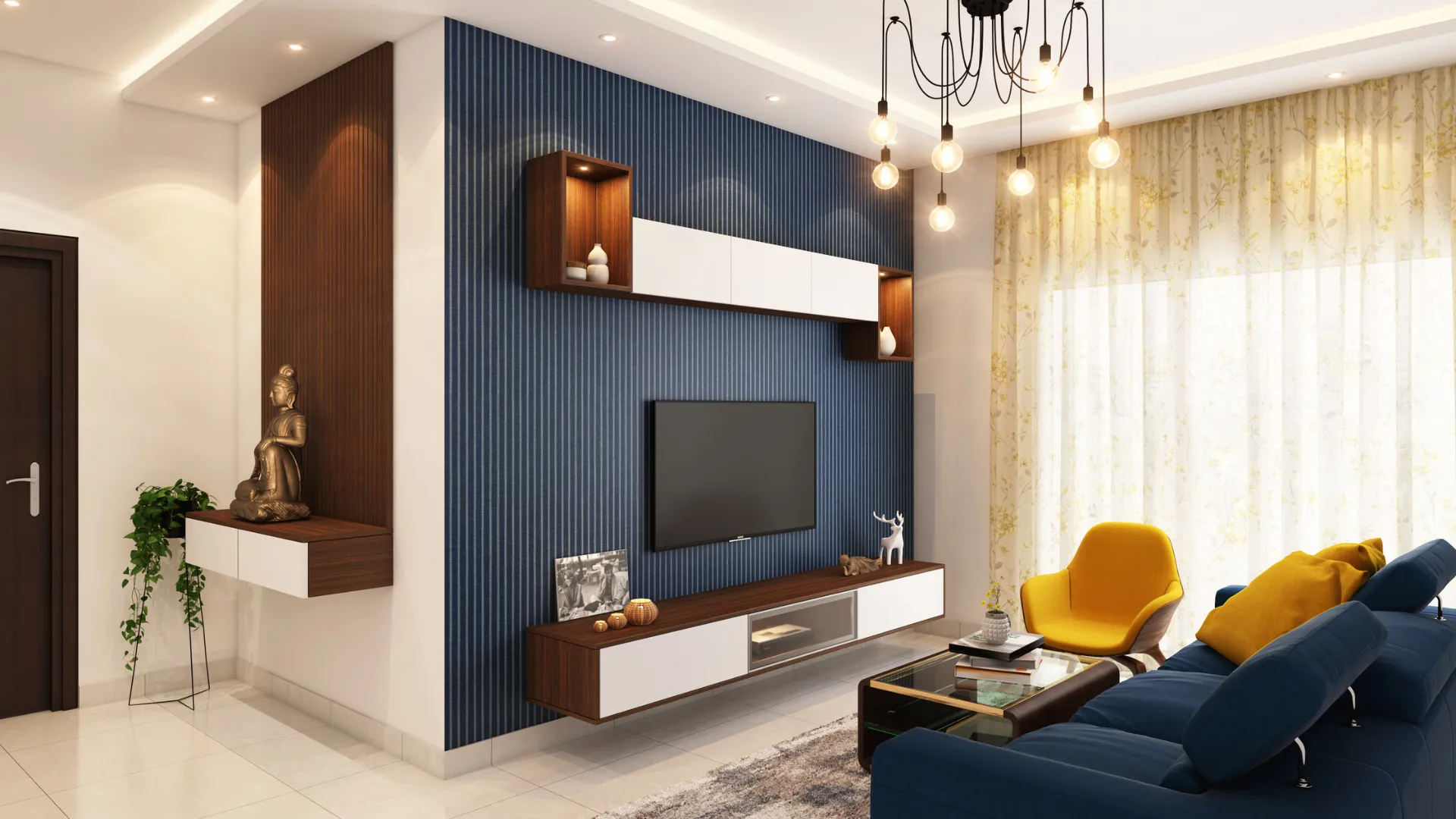
4. Core Elements of Minimalist Interior Design
a. Neutral Color Palettes
Minimalist spaces often rely on whites, beiges, grays, and soft earth tones. These neutral shades make rooms appear more spacious and evoke a sense of calm. Pops of muted colors, like soft blues or greens, can be used sparingly to add character without overwhelming the space.
b. Functional Furniture
Minimalism values function over form. Furniture should be purposeful, practical, and well-designed. Multi-functional pieces like storage ottomans, modular sofas, or foldable tables are excellent choices. Clean lines and simple silhouettes prevent visual clutter.
c. Open Space and Natural Light
Minimalist interiors often highlight open layouts with plenty of breathing room. Large windows, sheer curtains, and reflective surfaces maximize natural light, which enhances the sense of calm and clarity in the home.
d. Quality Over Quantity
Instead of owning multiple pieces, minimalism prioritizes fewer but higher-quality items. Whether it’s a handcrafted coffee table, a designer lamp, or artwork, each piece is chosen intentionally.
5. Minimalism in Different Rooms
Minimalism is highly versatile, and its calming influence can be applied to every part of the home. Many homeowners turn to the Best Interior Designer in Chennai to bring balance and simplicity to specific spaces while maintaining comfort and style. Here’s how minimalism translates across rooms:
Living Room
The living room is often the heart of the home. Minimalist living rooms feature sleek sofas, a few statement décor items, and open shelving rather than cluttered displays. The focus is on creating a space where relaxation and conversation flow naturally.
Bedroom
Minimalism is particularly powerful in bedrooms, where clutter can disrupt rest. A simple bed frame, crisp linens, and soft lighting create a soothing environment for deep sleep. Storage solutions like under-bed drawers help maintain a tidy space.
Kitchen
Minimalist kitchens highlight clean countertops, hidden storage, and efficient layouts. Neutral cabinetry and streamlined appliances make the space both beautiful and functional.
Bathroom
Minimalist bathrooms use clean tiles, frameless mirrors, and concealed storage to maintain a spa-like atmosphere. Simplicity here translates directly to calmness.
6. Benefits of a Minimalist Home
- Less Cleaning: Fewer items mean less dusting, organizing, and cleaning.
- Cost Efficiency: You save money by investing in fewer, high-quality items instead of constant shopping.
- Flexibility: Minimalist spaces are easy to adapt and update.
- Sustainability: Minimalism discourages overconsumption, which benefits the environment.
- Peaceful Lifestyle: Your home becomes a true retreat, supporting mindfulness and intentional living.
Also read, “How to Make a Small Flat Look Spacious with Smart Design?”

7. Tips for Achieving Minimalism at Home
Minimalism in home interiors is more than just a design style—it’s a lifestyle choice that emphasizes simplicity, clarity, and purposeful living. Creating a minimalist home doesn’t mean sacrificing comfort or personality. Instead, it’s about curating your space thoughtfully so that every piece adds value and harmony.
Here are some practical tips to help you achieve minimalism at home:
- Declutter First
The foundation of minimalism is removing the unnecessary. Evaluate your belongings and keep only what serves a purpose or sparks joy. A clean, clutter-free space automatically feels lighter and more serene. - Choose a Neutral Palette
Minimalist design thrives on calm and subtle colors. Whites, beiges, greys, and muted tones create a sense of openness and tranquility. You can add warmth with natural textures like wood or linen. - Invest in Quality, Not Quantity
Instead of filling your home with multiple items, select a few high-quality pieces. At D2M interior, we recommend furniture and décor that combine function with timeless design, ensuring your home feels elegant without excess. - Focus on Functionality
Every piece should serve a purpose. Multi-functional furniture, hidden storage, and sleek designs help maintain a clean, uncluttered look. - Embrace Open Space
Minimalism values negative space as much as the objects themselves. Resist the urge to overfill rooms—let your interiors breathe.
By following these tips, you can create a minimalist home that feels calm, organized, and effortlessly stylish. With the right approach, minimalism doesn’t strip away personality—it highlights it. Partnering with experts like D2M interior ensures your home strikes the perfect balance between simplicity and comfort.
Final Thoughts
Minimalist interior design is about much more than style—it’s about creating a mindful environment that supports your well-being. By reducing clutter and focusing on simplicity, you can transform your home into a calm, functional, and aesthetically pleasing retreat. In a world where chaos is everywhere, a minimalist home offers peace, clarity, and balance.
